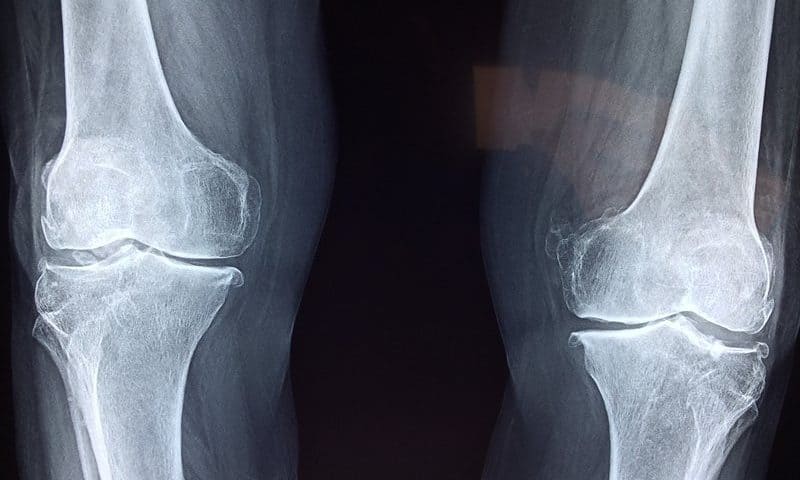Though osteoarthritis of the knee is estimated to affect at least 14 million people in the U.S. alone, treatments for the degenerative joint disease remain woefully limited.
The most popular options are either invasive procedures—regular cortisone or hyaluronic acid injections, bone realignments and joint replacements—or medications ranging from over-the-counter pain relievers to potentially addictive opioids.
Those looking for a non-invasive, drug-free way to relieve their joint pain are finally in luck, however, now that the FDA has given the go-ahead to CyMedica Orthopedics’ muscle-stimulating system for treating symptomatic knee osteoarthritis.
CyMedica’s IntelliHab system relies on neuromuscular electrical stimulation therapy. This form of therapy sends electrical pulses directly to motor nerves in the quadriceps muscle, causing the muscle to contract in the same way it does during squats and other exercises. Those contractions strengthen the muscle, resulting in reduced pressure on the knee and, therefore, less pain.
The CyMedica system sends the pulses through a knee brace that connects wirelessly to the IntelliHab app. In the app, patients can manage and control their own stimulation therapy, while their clinicians can monitor their usage and progress in real-time through a linked portal.
A clinical study of the IntelliHab system found that, after using the app-connected brace for regular neuromuscular electrical stimulation, participants reported significant drops in their knee pain levels and improvements in mobility.
The FDA green light came shortly after the completion of the study and was largely driven by its positive results, the company said. CyMedica will make the IntelliHab system commercially available as a treatment for osteoarthritis of the knee this fall.
“With the regulatory clearance of IntelliHab, we can provide a bridge between conservative management to more invasive treatment options, allowing patients to treat their pain comfortably at home while reducing opioid exposure,” said Rob Morocco, CyMedica’s president and CEO.
CyMedica previously received another 510(k) clearance from the FDA in 2017. That regulatory OK was issued to a similar system called e-vive, which is used in strengthening the quad muscle both before and after knee surgeries for ACL and total knee replacement patients.
CyMedica is in good company in its quest to make noninvasive, opioid-free pain therapy the norm. Just last month, for example, Medtronic unveiled a mobile app and online portal giving patients more control over their spinal cord stimulation regimens for chronic back pain.
And last fall, Abbott began rolling out its own radiofrequency ablation system in the U.S. That nonsurgical device uses heat energy to target and burn out specific nerves, stopping pain signals from reaching the brain.

